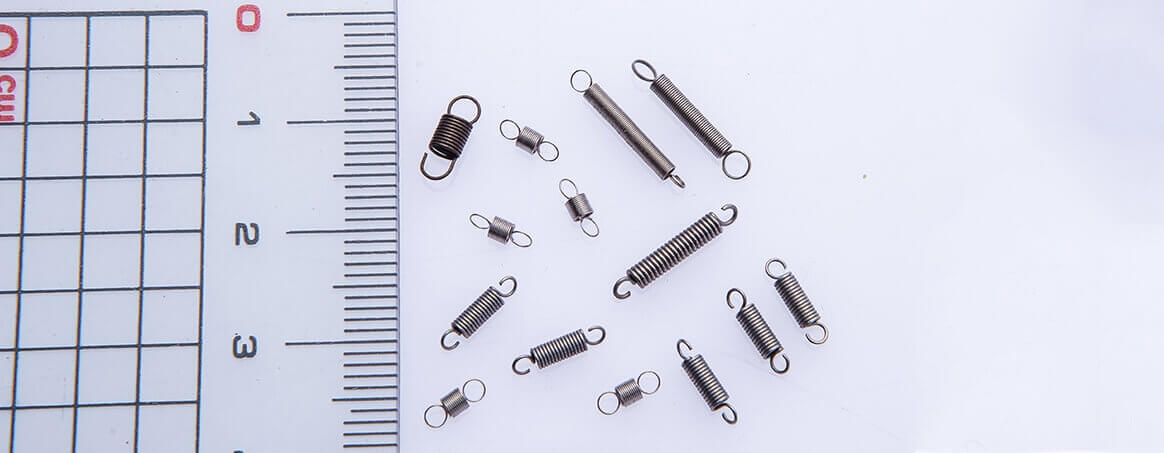Extension Springs

What is an extension spring
Extension springs are designed to absorb and store energy while creating resistance to a pulling force. Extension springs absorb force when they are pulled and releases it when they relax. The two ends of an extension spring are usually attached to other components. When these components move apart and pull the spring in opposite directions, the spring would try to bring itself back to the original state. The initial tension is determined by how tightly the spring is coiled to help control the load requirements of a particular application. The more tightly a spring is coiled, the greater the initial tension. The two ends of an extension spring are normally made into hooks, eyes or other interfaces that can be attached to opposing components and serve as returning points for the expanded and elongated spring under loads.
Applications of extension springs
Extension springs are widely used in garage doors, carburetors, trampolines, agricultural machinery, toys, stationery, instruments, industrial machines, medical devices, and many other applications. Those used in medical devices are usually relatively small springs, while larger springs are generally used in off-road vehicles and agricultural machinery. The material and coil diameter are usually decided based on the actual application.
Assembly of extension springs
Most of the extension springs are made of round wires, whereas a few could be made of special-shaped wires. In accordance with customer requirements, the ends of the spring can be made into hooks of various shapes such as half-circle shackles, full-circle shackles, hooks, enlarged eyelets, narrowed eyelets, rectangular ends, etc., which provide secure fixed positions for assembly. During the design phase of a custom extension spring, the lengths of the hooks at both ends of the spring can be adjusted to precisely obtain the desired spring load in any extension position.



